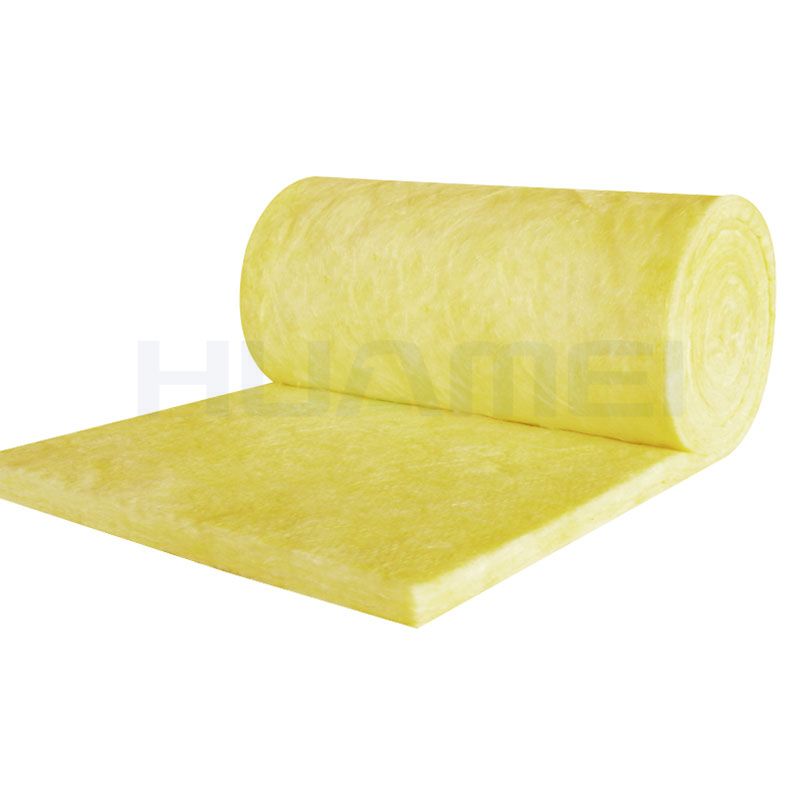Glass Wool has good molding, low thermal conductivity, thermal insulation, and good attraction. It is widely used in building insulation. It is used for thermal insulation, sound absorption and noise reduction of industrial buildings, warehouses, public facilities, exhibition centers, shopping malls, and various indoor playgrounds, sports venues and other buildings.
Glass Wool
Glass wool insulation materials are also very helpful for building energy saving. With statistics, glass wool can achieve energy saving rate of 55%. Glass wool is based on the principles of vacuum insulation and microporous insulation. Using glass fiber as the core material, the thermal conductivity can reach 0.036W / (mK) or less. The thermal insulation performance is 6 to 10 times that of traditional thermal insulation materials. Products from raw materials collection to the entire production process are combined with environmental protection requirements, non-toxic and harmless; not only can ensure that the house is warm in winter and cool in summer, isolate noise, but also reduce cracks and water seepage caused by structural temperature differences, and improve the service life of the structure. At the same time, Glass Wool Batts also has the advantages of not occupying indoor space, which is conducive to the renovation of old houses. In the use of glass wool, it is easy to find that buildings using glass wool can also create a quiet and comfortable environment, which not only saves raw material capital expenses, but also reduces a large number of post-building services.
Glass wool has high compressive strength and excellent fire resistance. As a filler for rock wool sandwich panels, glass wool provides good fire resistance for wall and roof panels. Various specifications produced by using chemical quick-drying adhesives and mechanical curing technology have made important contributions to creating a safe, high-quality exterior wall with good thermal insulation and sound insulation.
According to preliminary calculations, China’s average annual completed construction area for newly added buildings is 2 billion square meters. According to conservative demand estimates, the annual demand for glass wool is 2.38 million tons, which can create an output value of 11.9 billion yuan. It is not difficult to foresee that in the face of huge market space, various capitals investing in glass wool production lines will become a market choice.
In order to avoid duplication of production lines, the ministry of Industry and Information Technology presided over the drafting of access conditions for the rock wool industry for external wall insulation. The entry conditions determine a number of indicators such as construction conditions, layout, scale and process equipment, product quality, energy consumption, environmental protection, safety and health, and social responsibility. Among them, the scale index is initially set at 20,000 tons per year. Although existing small and medium-sized enterprises can also increase investment and increase production capacity, under the requirements of multiple standards such as layout, equipment, and energy consumption, the number of enterprises that can be met will not be too much, and the huge market gap will mainly depend on leading enterprises. Fill. Personnel from the Ministry of Industry and Information Technology said that by setting a higher threshold for entry, it will support the accelerated deployment of advanced production capacity, adjust and optimize the product structure, encourage excellence and enlargement, and guide the healthy and sustainable development of the industry.
The above is the market demand of glass wool analyzed by Glass Wool Manufacturer.

评论
发表评论